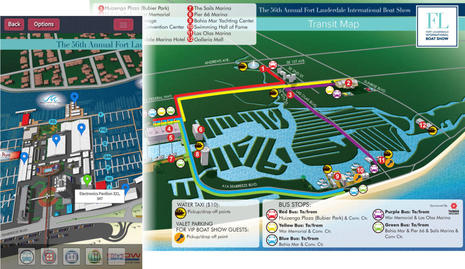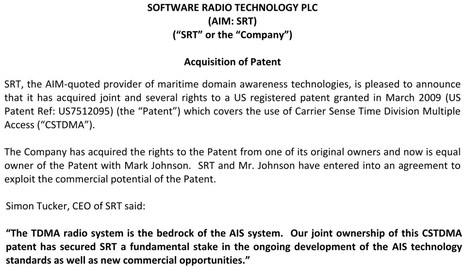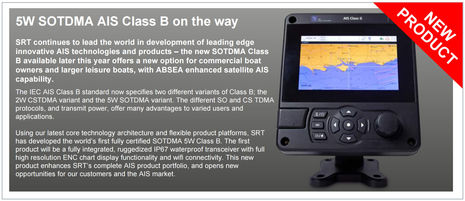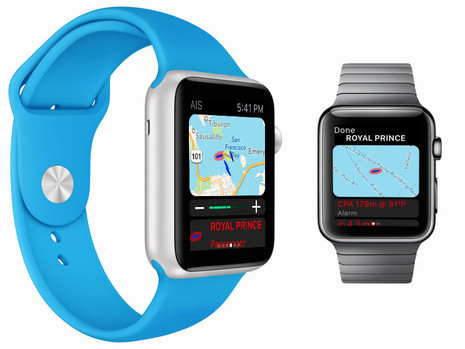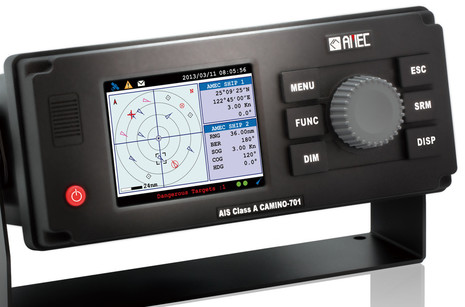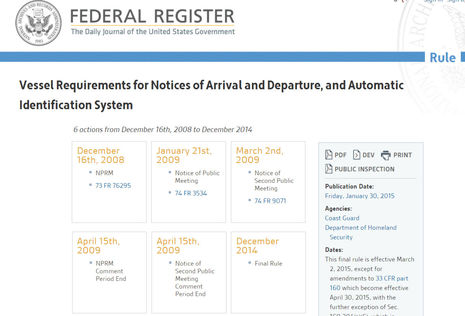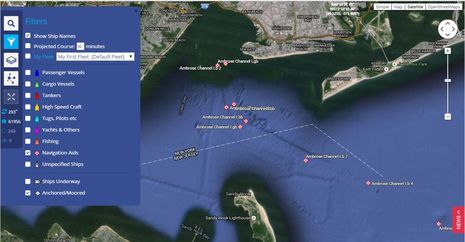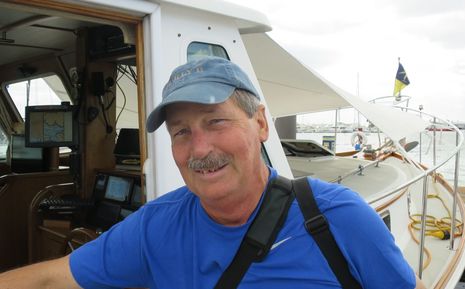Seapilot Vector Compact GNSS Compass, sweet deal that usually works well
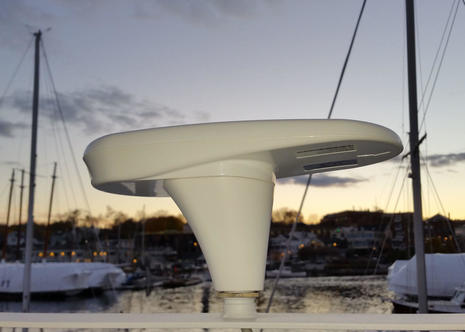 There’s lot to report from the Fort Lauderdale Show, but the calendar dictates that I first write about this Seapilot satellite compass. That’s because a startling 50% show discount is still available this week, so you can buy the Vector Compact-N NMEA 2000 model seen above for $500 simply by applying the code “FLIBS2015” in the shopping cart. The Compact seemed like a relatively good value at twice the price when I first discussed its features last November, and since then I’ve seen it perform pretty well on Gizmo…
There’s lot to report from the Fort Lauderdale Show, but the calendar dictates that I first write about this Seapilot satellite compass. That’s because a startling 50% show discount is still available this week, so you can buy the Vector Compact-N NMEA 2000 model seen above for $500 simply by applying the code “FLIBS2015” in the shopping cart. The Compact seemed like a relatively good value at twice the price when I first discussed its features last November, and since then I’ve seen it perform pretty well on Gizmo…



